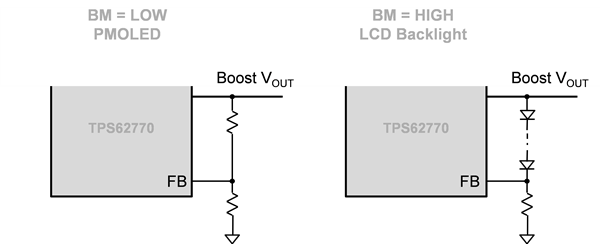From smart watches to fitness trackers, wearable devices are becoming more and more popular. In the case of health monitors for example, data can be measured and then processed and displayed on small, integrated screens. The data can also be delivered to other devices and connect to smartphones via Bluetooth® Smart.
Wearable devices are very small, however, and their components have to be tiny, including the rechargeable batteries. To get the longest runtimes from one charge cycle out of these small-capacity batteries, the power-management chips not only have to be the smallest form factor possible but also optimized for high efficiency. The opportunity to integrate more than one power supply in a multi-rail configuration inside a single package can help immensely.
TI’s small TPS62770 multi-rail DC/DC converter integrates a low quiescent current buck and boost output into one device. The buck rail draws very low 360-nA quiescent current for high efficiency, even in the microampere load range, to supply the wireless MCU and sensors. The boost rail is optimized to supply the display, which can be a passive-matrix OLED (PMOLED) or LCD screen with backlight.
Figure 1: Basic power diagram of a wearable system
Flexibility in a display design is useful to address the needs of various types of wearables. In some cases, the step-up converter can be used as an LED driver with current control. For example, the TPS62770 integrated boost converter offers the designer the option to adjust LED brightness for larger displays much like those found in smartphones. This is achieved by applying a pulse width modulated (PWM) signal to sense the duty cycle of the signal, and converting the duty cycle into the forward current through the LEDs, thus changing the brightness.
Figure 2: Optional circuits for PMOLED or LCD Backlight
The combination of these features creates a more flexible design in small battery-powered applications like fitness wearables. With the option to power several types of displays like PMOLED or LCD backlight (see Figure 2), the TPS62770 converter might be the best fit to power your next wearable application.
Additional resources:
- Download the Multi-Rail, Low Iq Power Reference Design for Wearable Applications and get started on your design now.


